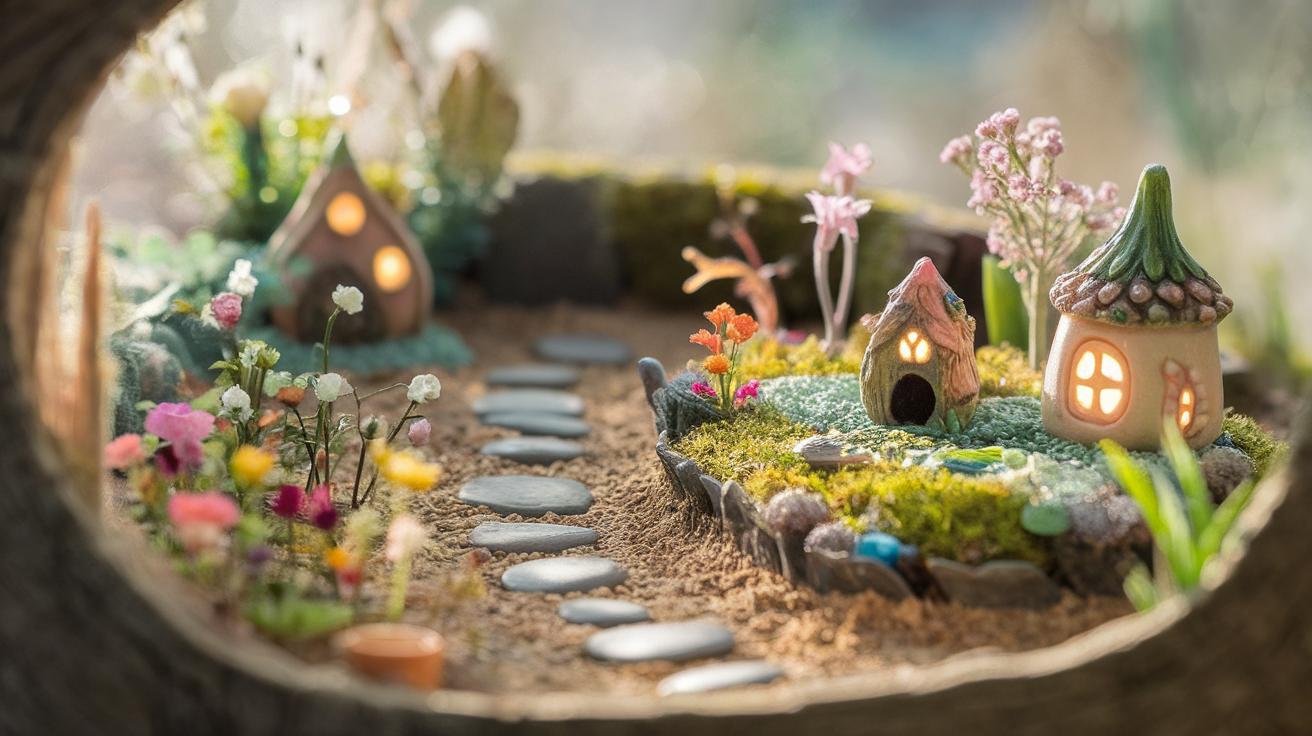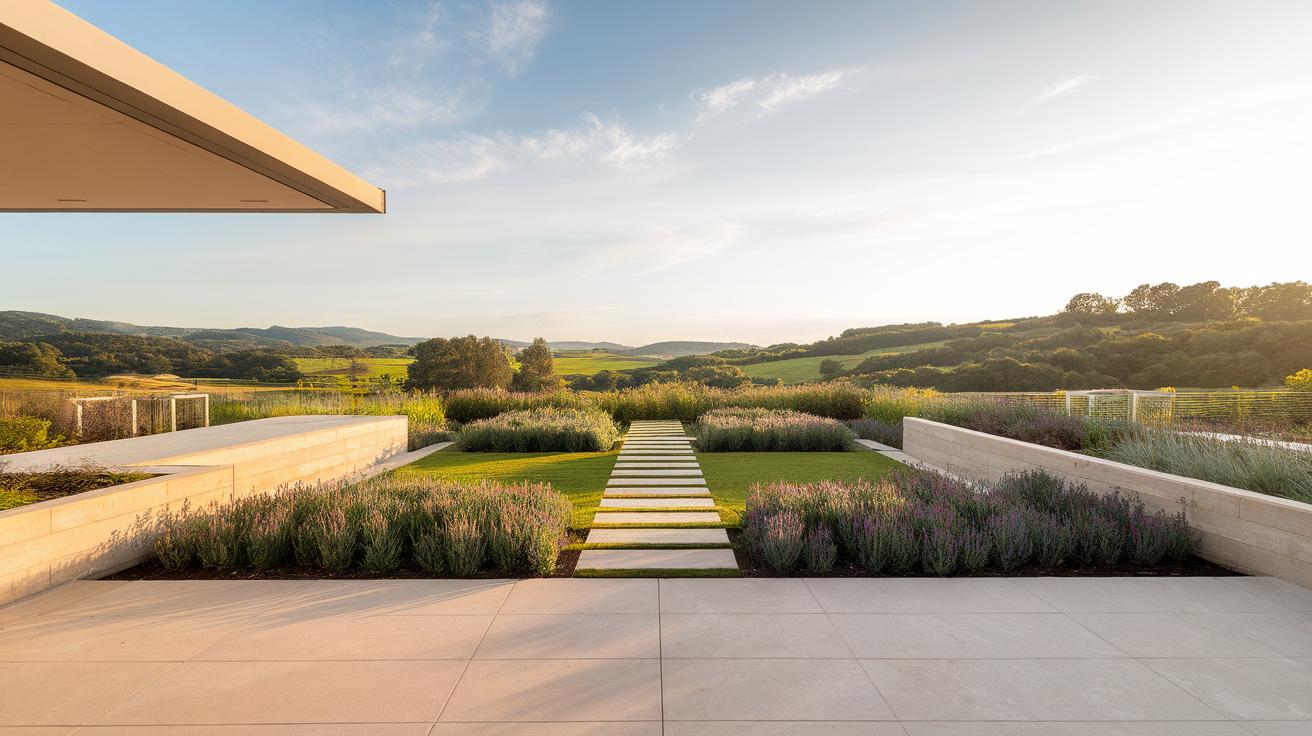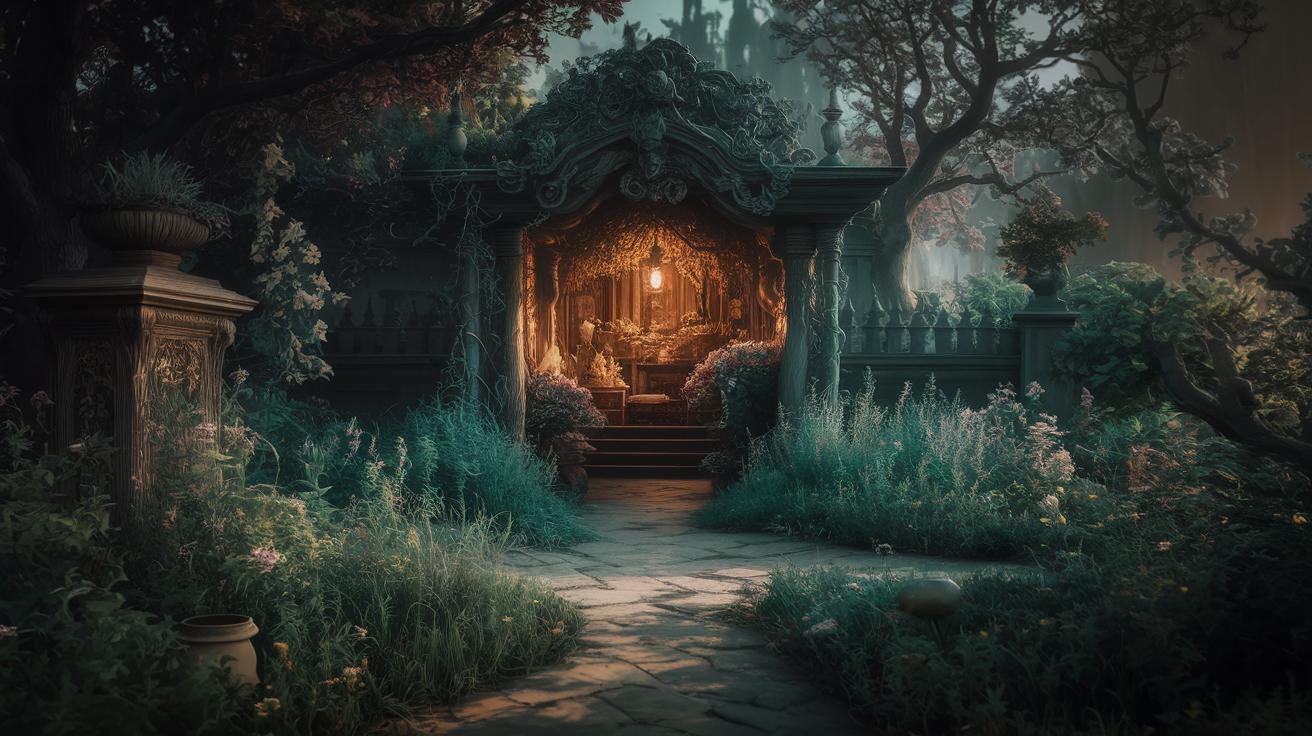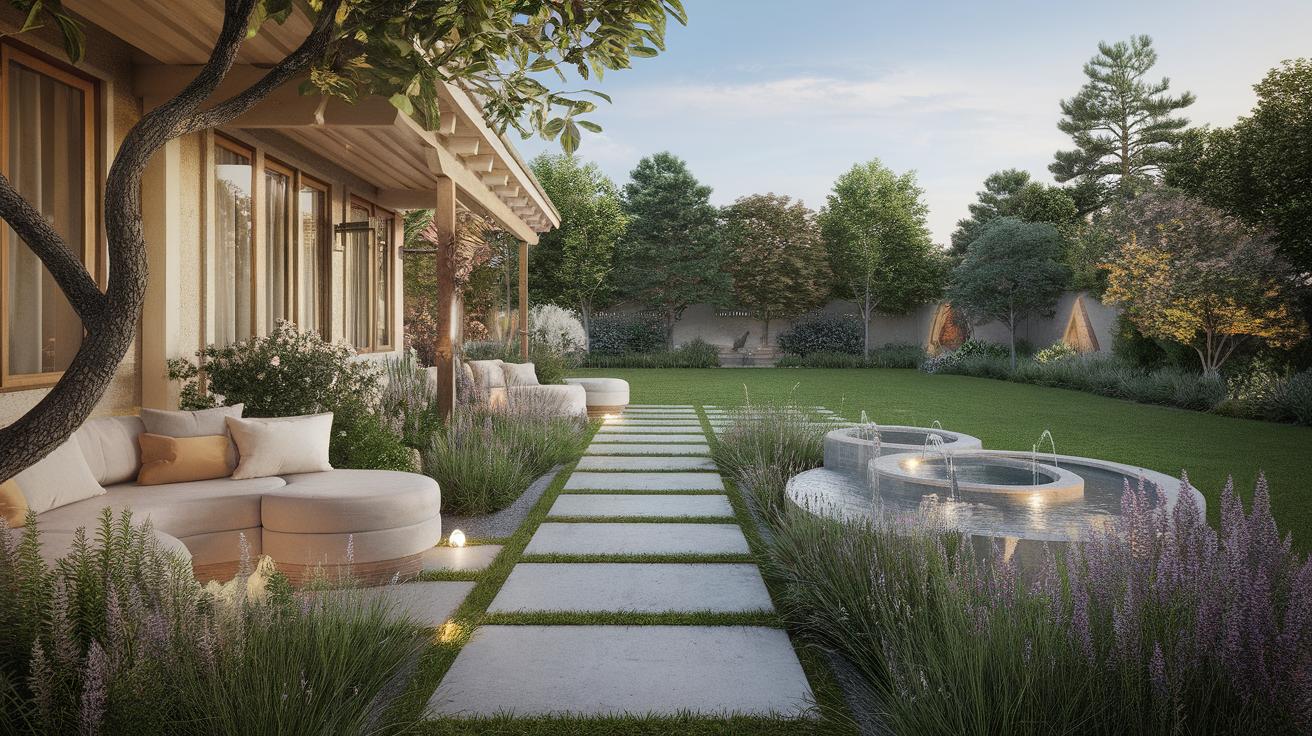Introduction
Designing a garden is an art that encompasses creativity, functionality, and an understanding of nature. Whether it’s a sprawling backyard, a cozy terrace, or even a small balcony, every space can be transformed into a vibrant oasis with the right garden design ideas. The process involves more than just planting flowers; it integrates essential elements such as layout planning, plant selection, and consideration of the local climate and soil conditions. The following article dives deep into innovative garden design concepts suitable for various environments, helping you achieve a garden that reflects your personality and meets your needs.
Garden design is not merely about aesthetics; it’s also about harmony between the natural landscape and human activities. Effective garden planning requires knowledge of horticultural practices and landscape architecture, ensuring that your garden thrives sustainably. This article will explore versatile garden design ideas, offering inspiration and practical tips for creating an outdoor space that enhances your lifestyle. Ready to cultivate your dream garden? Let’s unearth ideas that will bring your vision to life.
Understanding the Basics of Garden Design
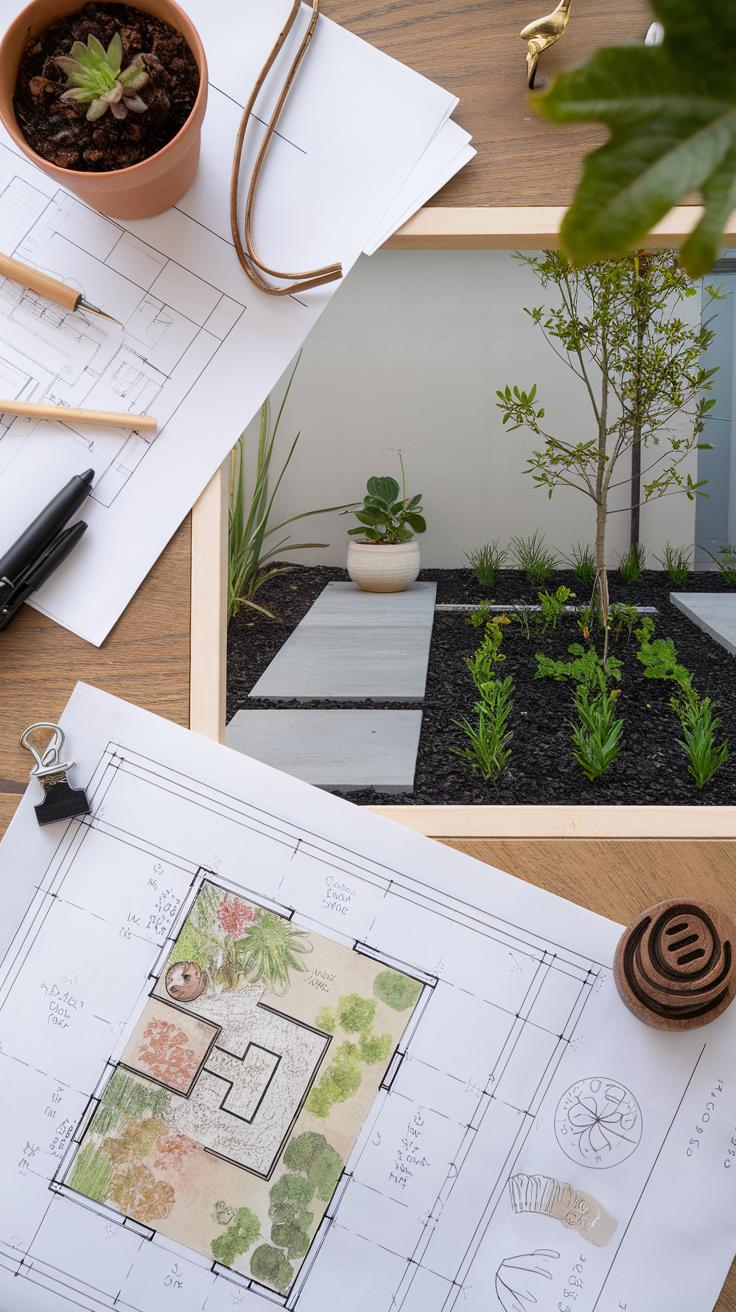
Fundamental Principles of Garden Design
Every successful garden design begins with understanding some fundamental principles. Careful layout planning is essential to create an outdoor area that is both functional and aesthetically pleasing. Factors such as the experience of movement, line of sight, and the balance between hardscapes and softscapes must be taken into account. Proper attention to soil types also plays a vital role, as different plants require specific soil conditions to thrive. Analyzing the soil’s texture, pH, and organic matter content will help in selecting the right plants and amendments needed for a flourishing garden. Climate considerations cannot be overlooked either; knowledge of local weather patterns, including temperature fluctuations and rainfall, informs which plants will survive and flourish, ensuring your garden is both beautiful and sustainable.
Layout Planning and Environment
Creating an effective garden layout means considering the sun and shade patterns throughout the day. Utilizing structures such as trellises or pergolas can add visual interest and provide necessary support for climbing plants while creating sheltered areas. Plant placement should encourage biodiversity by attracting beneficial insects and encouraging a healthy ecosystem. This attention to layout not only enhances the aesthetic value of your garden but also optimizes growth potential by ensuring plants receive adequate sunlight and protection from harsh elements. Taking the time to fully understand these basic principles leads to the foundation of a successful and harmonious outdoor space.
Choosing the Right Plants Strategies for Complementary Growth
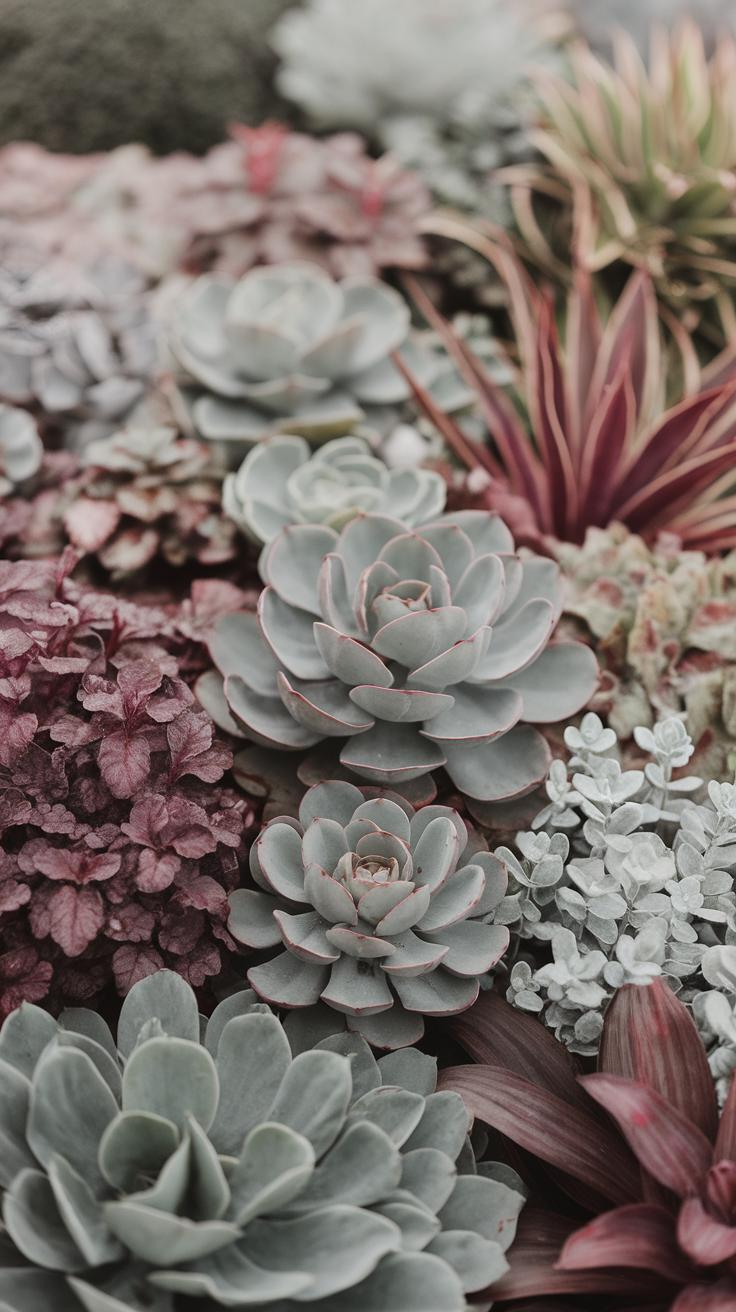
Selecting Plants for a Cohesive Design
Creating a harmonious garden requires thoughtful plant selection that prioritizes not only aesthetics but also compatibility. Begin by assessing the environmental conditions of your space, such as soil type and sunlight availability. For sunny spots, consider vibrant flowers like lavender and marigolds, which thrive in well-drained soil. In contrast, shady areas can be adorned with lush ferns or hostas, bringing depth and texture. Utilizing a color wheel can assist in pairing plants that enhance each other’s beauty, ensuring that blooming periods overlap for continuous visual appeal.
Companion Planting for Healthier Growth
Implementing companion planting strategies can elevate your garden’s health and productivity. Certain plants naturally repel pests or foster growth when located near each other. For example, tomatoes benefit from the presence of basil, which can enhance flavor and deter harmful insects. Researching your plant choices allows for a strategic layout, maximizing space while ensuring an edifying experience. By choosing the right plants, gardeners cultivate not just a beautiful landscape, but a thriving ecosystem that supports growth and sustainability.
Incorporating Hardscaping Elements
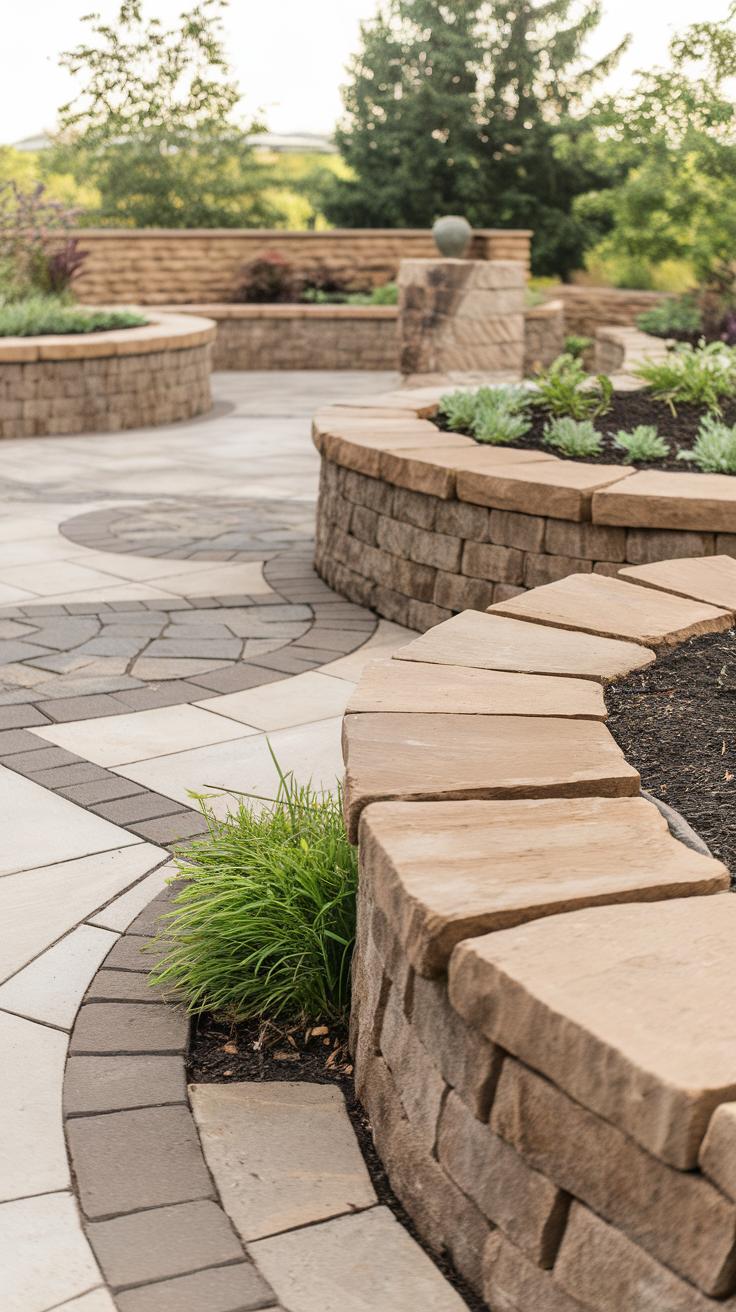
The Role of Hardscaping in Garden Design
Hardscaping elements are essential for creating a balanced and functional garden. Paths made of stone, gravel, or pavers provide clear navigation and define different areas within the landscape, making it easier for visitors to explore. Incorporating walls, whether for privacy or elevation changes, adds structure and delineates spaces, allowing for multi-level gardens that enhance visual interest.
Water features, such as fountains or ponds, contribute both aesthetic and auditory dimensions, attracting wildlife while providing a tranquil ambiance. These elements not only serve practical purposes but also complement the softscape, creating a harmonious outdoor environment. Selecting the right materials and styles for hardscaping ensures a cohesive look that reflects personal taste and enhances the overall garden experience.
Enhancing Functionality and Aesthetics
Functionality in garden design often hinges on the strategic placement of hardscaping features, making outdoor areas more usable. For instance, incorporating seating areas surrounded by walls or elevated beds can create inviting nooks for relaxation and entertaining. Pathways can lead to designated zones within the garden, such as vegetable patches, lounges, or play areas.
Consideration of color, texture, and form in hardscaping further enhances your garden’s aesthetics, allowing for a visual dialogue between hard and soft elements. By thoughtfully combining hardscaping with plant selections, your outdoor space can achieve both beauty and practicality, serving as a sanctuary for rest and activity alike.
Creating Outdoor Rooms Designing Spaces with Purpose

Crafting Functional Zones
Outdoor rooms have become an essential aspect of contemporary garden design, seamlessly blending functionality with personal style. These spaces can serve various purposes, such as dining areas, lounges, or even meditation spots. By defining zones with furniture arrangements, fire pits, or pergolas, homeowners can create inviting environments that cater to their lifestyles.
Consider using rugs and soft furnishings to add warmth and character. Incorporating elements such as outdoor kitchens or built-in seating enhances usability while reflecting your aesthetic. Whether it’s an intimate nook for reading or a vibrant entertaining area, the key lies in thoughtfully designing each space to meet specific needs and preferences.
Personalizing Your Outdoor Experience
Utilizing plant selections and decorative features can further personalize these outdoor spaces. Colorful flower beds, vertical gardens, or decorative screen panels can create privacy while adding visual interest. Integrating ambient lighting allows for enjoyable evenings spent outdoors, enhancing the space’s allure after sunset.
Designing outdoor rooms pays homage to the home’s style while fostering a connection with nature. These thoughtfully curated areas transform gardens into highly functional and enjoyable havens tailored to individual tastes.
Water Features as Focal Points in Garden Design
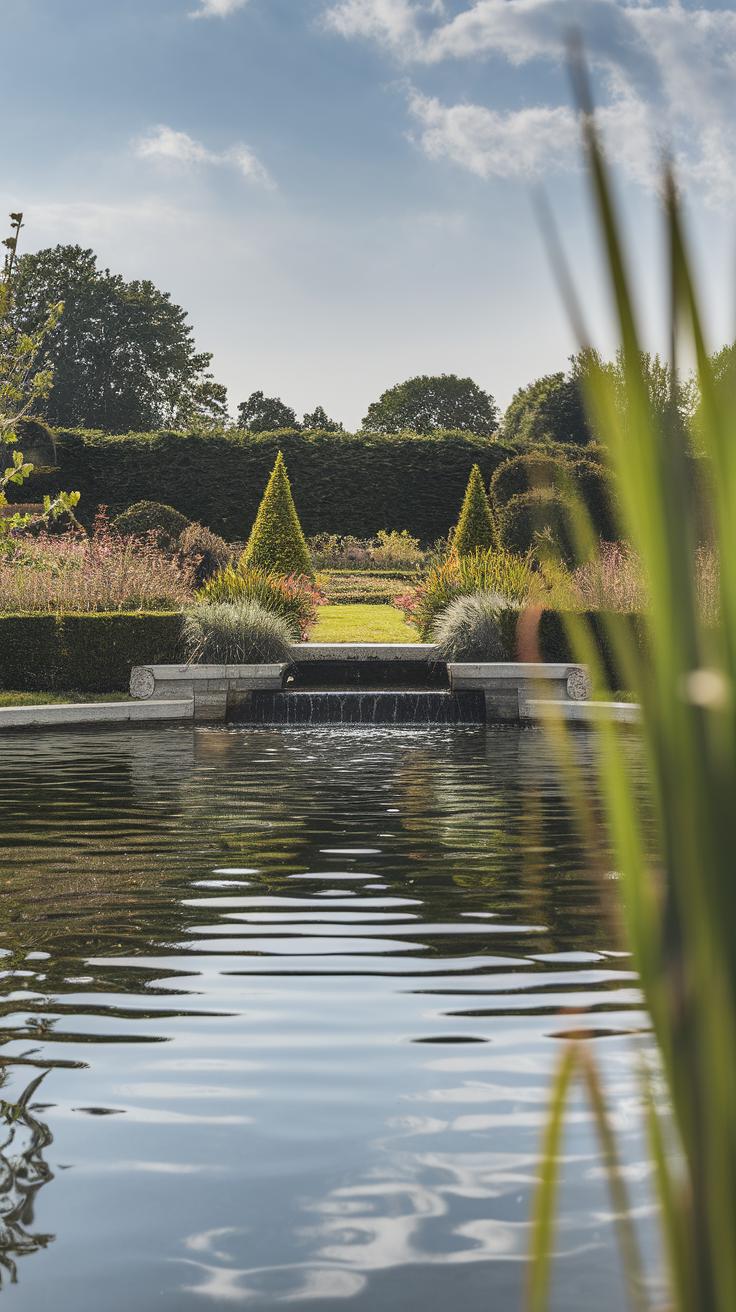
Ponds, Fountains, and Pools: Enhancing Your Outdoor Spaces
Water features play a transformative role in garden design, offering not only aesthetic appeal but also a soothing auditory experience. Ponds can create serene environments that attract wildlife. A well-placed pond surrounded by lush plantings can act as a natural habitat, enriching biodiversity in your garden. Incorporating koi or aquatic plants can further enhance the visual interest.
Fountains serve as dynamic focal points, bringing movement and sound to your outdoor space. They can range from simple tabletop designs to grand, multi-tiered installations, allowing for various styles that align with personal preferences. The gentle trickling of water creates a relaxing atmosphere, perfect for unwinding after a long day.
Semi-inground pools, with sleek designs, can blend seamlessly into the landscape, transforming outdoor areas into summer retreats. Surrounding these pools with tropical plants, stone pathways, or wooden decks can create a luxurious ambiance. Utilizing these water features strategically can elevate the overall garden experience, making it an oasis for relaxation and enjoyment.
Sustainable Gardening Practices Transforming Spaces Responsibly
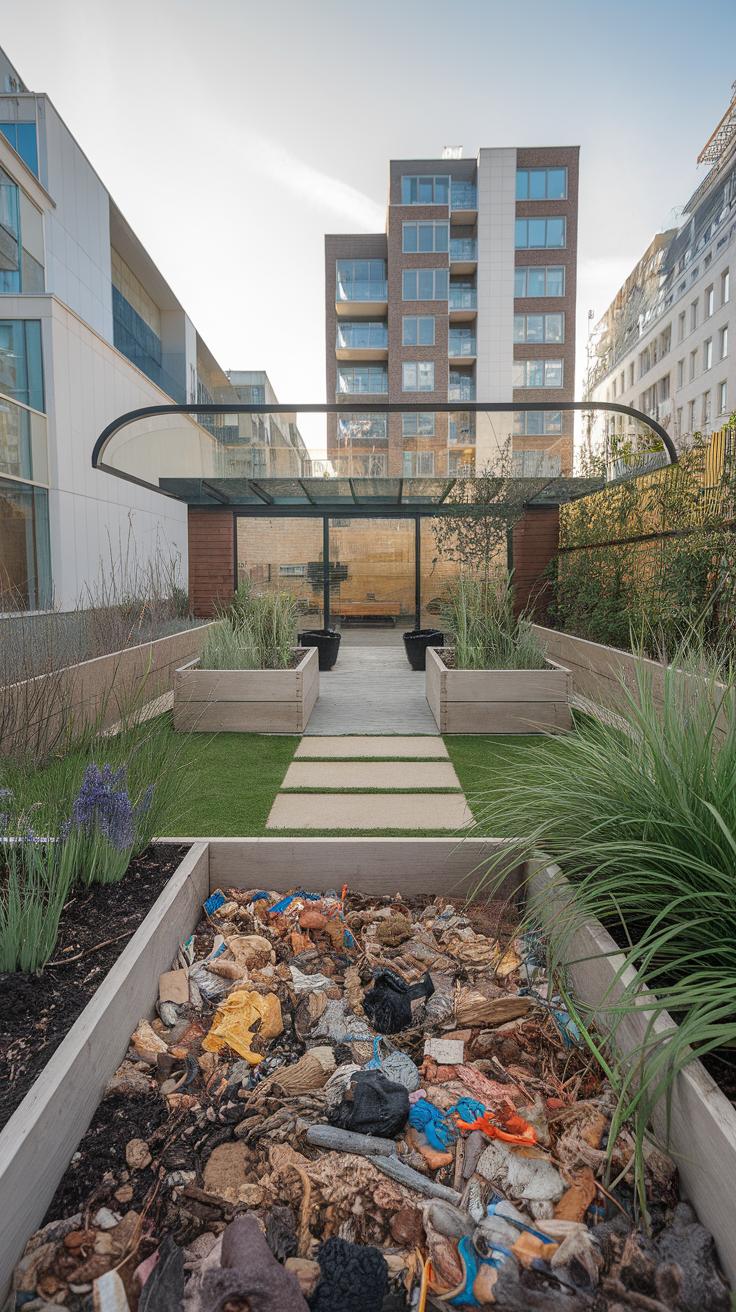
Eco-Friendly Techniques for Garden Design
Incorporating sustainable practices into garden design not only enhances environmental health but also simplifies maintenance. Native plants play a vital role, as they require less water and support local wildlife. Using organic fertilizers and pest control methods minimizes chemical runoff, helping maintain soil health. Implementing permaculture principles, such as companion planting, optimizes space and promotes a self-sustaining ecosystem.
Rain gardens can effectively manage water runoff, turning potential problems into stunning design features. By creating zones with less intensive landscaping, homeowners can reduce their need for irrigation and mowing. Strategies such as xeriscaping emphasize drought-resistant plants, fostering beauty without significant resource expenditure. Ultimately, adopting these eco-conscious practices not only redefines outdoor spaces but also promotes a green lifestyle, making gardens both functional and environmentally friendly.
Benefits of Indigenous Flora and Low-Maintenance Strategies
Selecting plants that thrive in the local climate is foundational to a sustainable garden. By focusing on indigenous flora, gardeners can create an ecosystem that naturally sustains itself. These plants are often more resilient to local pests and diseases, reducing the need for chemical interventions.
Innovative gardening solutions include vertical gardens and container gardening, perfect for maximizing small areas while minimizing maintenance work. Integrating mulch as a ground cover helps retain moisture and suppress weeds, reducing labor. As gardening evolves, the commitment to sustainability paves the way for outdoor spaces that are both beautiful and aligned with ecological preservation, bridging the gap between aesthetics and duty to the environment.
Seasonal Design Considerations The Impact of Seasonal Changes on Garden Planning
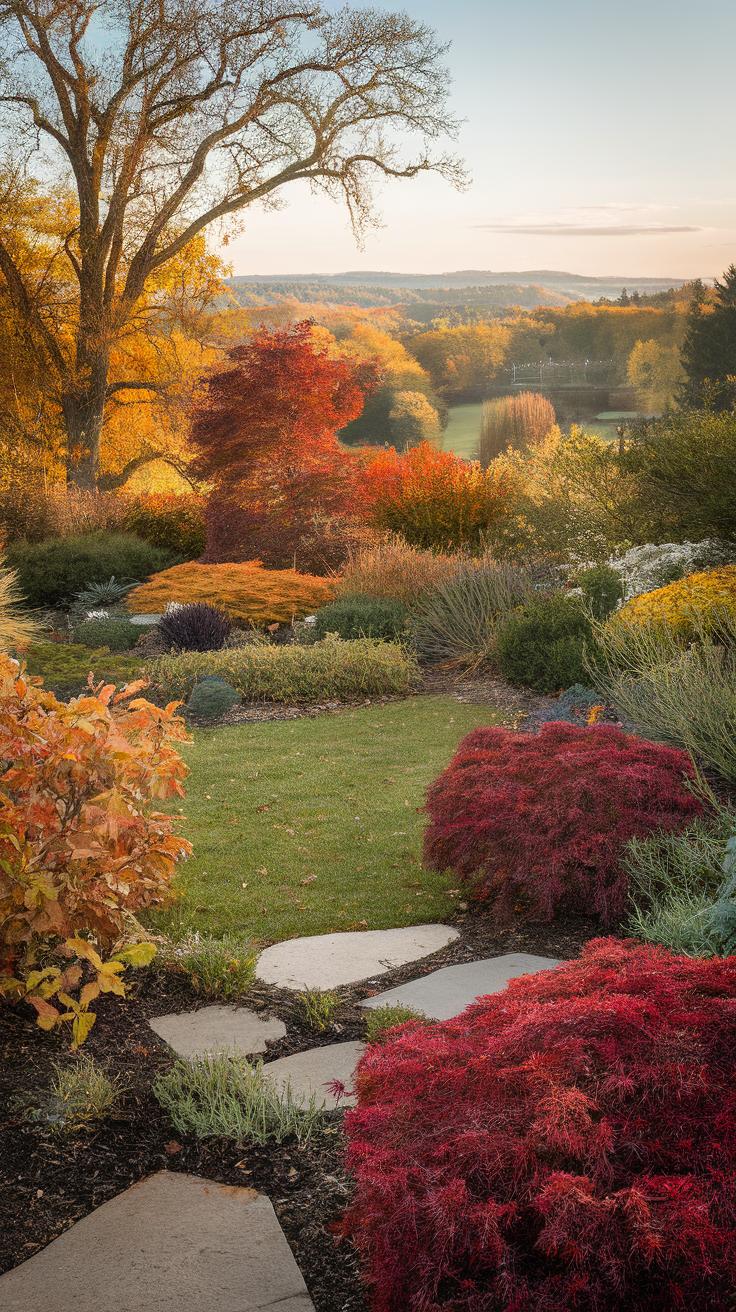
Understanding Seasonal Shifts in Garden Design
Seasonal changes play a critical role in garden design and plant selection, influencing not only aesthetics but also functionality. Each season offers unique benefits that can be harnessed to create a dynamic outdoor space. During spring, vibrant blooms and fresh foliage can bring joy, prompting the planting of cold-hardy vegetables and perennials that thrive in cooler temperatures. Summer encourages lush growth, making it ideal for vibrant flowers and heat-tolerant shrubs that withstand intense sun, enriching the garden’s visual appeal.
Tailoring Plant Choices Throughout the Year
Fall and winter introduce a different set of considerations, where structural elements and evergreen plants become focal points. Incorporating hardy plants with varying textures, such as ornamental grasses, ensures year-round interest. Assessing light availability and shelter from winter winds can inform strategic plant placements and the use of hardscaping materials, vital for maintaining a cohesive look across seasons. By adapting designs to seasonal variations, gardens can remain vibrant and functional, allowing homeowners to enjoy their outdoor spaces throughout the entire year.
Incorporating Technology in Garden Design
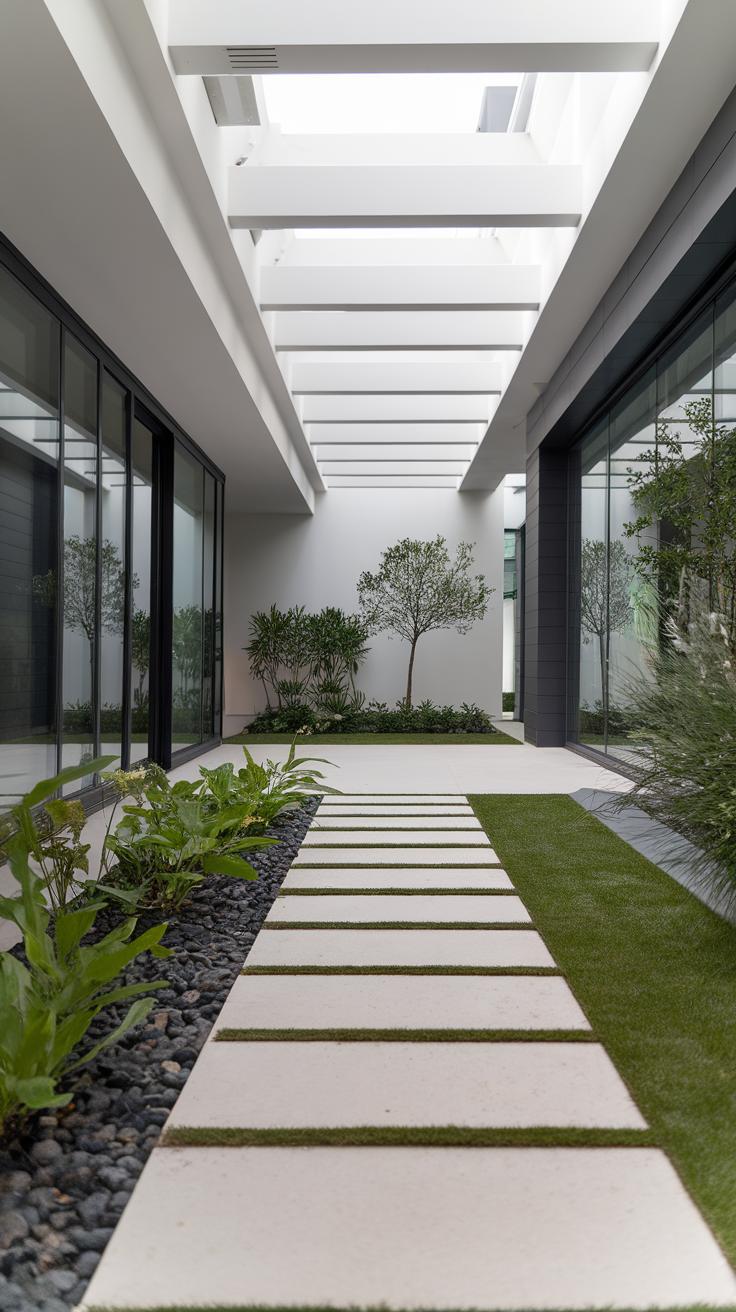
Smart Solutions for Modern Gardens
The integration of technology into garden design has revolutionized how we approach outdoor spaces. Smart irrigation systems, for instance, utilize sensors and weather data to optimize water usage, ensuring plants receive just the right amount of moisture. This not only conserves water but also promotes healthier plant growth, making your garden thrive regardless of seasonal changes.
Landscape design software allows enthusiasts to visualize their ideas before implementation. Users can experiment with different layouts, plant selections, and color schemes, making customized garden planning more accessible. These tools enable gardeners to create cohesive designs that reflect personal style, aligning beautifully with the importance of personalization in outdoor spaces.
Future Trends in Garden Technology
As technology continues to advance, innovative solutions like drone-assisted garden maintenance and automated pest monitoring systems are becoming more prevalent. These tools streamline upkeep tasks, allowing gardening enthusiasts to spend more time enjoying their spaces. This merging of technology and horticulture not only transforms gardens into efficient ecosystems but also enhances the overall gardening experience, setting the stage for unique and meaningful outdoor areas that resonate with personal touches.
Personalizing Your Garden Space
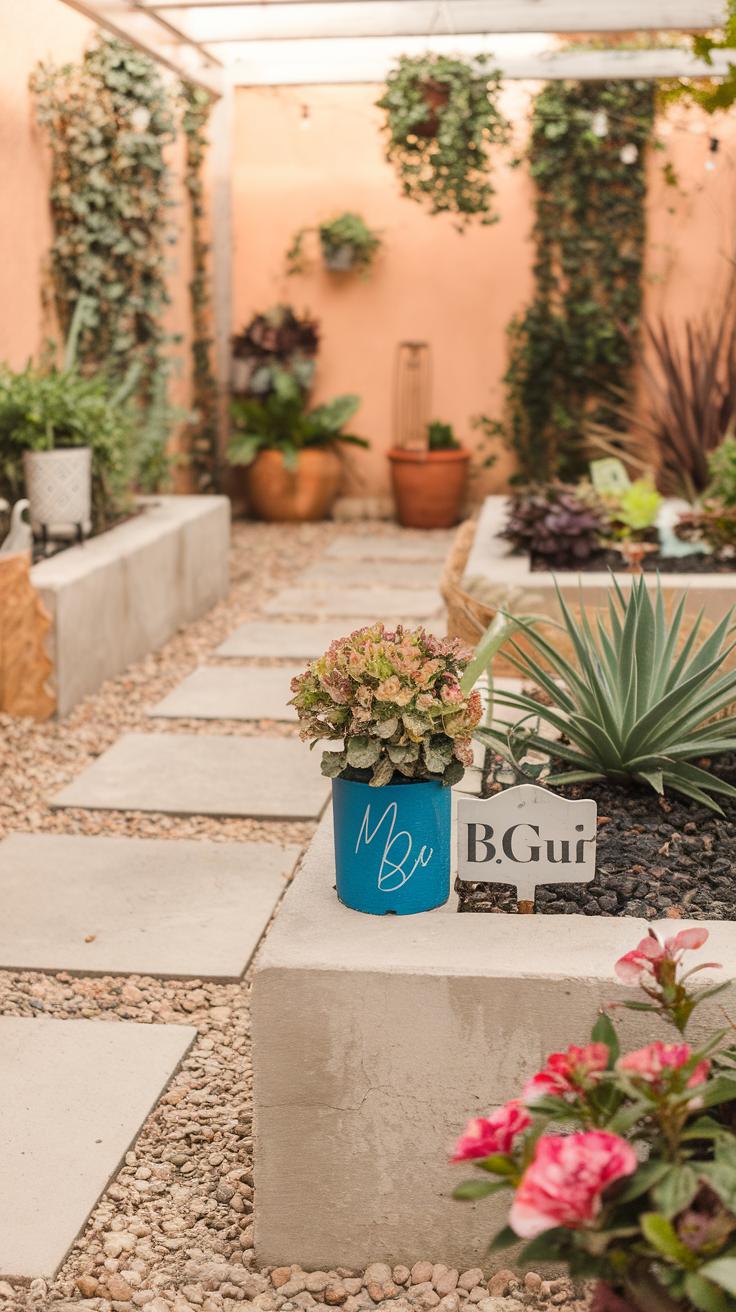
The Importance of Personal Touches
Creating a garden that reflects personal style elevates the outdoor experience. Personal touches can transform an ordinary garden into a sanctuary that resonates with the owner’s identity and values. Each element—be it a unique sculpture, a toss of color through chosen flowers, or a pathway laid with stones from sentimental locations—enhances the garden’s character. Elements such as heirloom plants or handmade decorations bring narratives to life, making the space more than just a visual appeal but a visceral connection to past moments and cherished memories.
Ways to Infuse Individuality
Incorporating unique features can breathe life into any garden. Infuse individuality by selecting plants that have special significance, creating themed spaces, or adding personalized art and furniture. Consider building a small water feature inspired by a favorite vacation spot or planting a tree as a symbol of growth. Choosing garden accessories that showcase hobbies, like a birdhouse reflecting a love for wildlife, enhances the surrounding charm. These distinctive choices ensure that every visit to the garden feels like a comforting embrace of personal history, making the outdoor area truly one-of-a-kind.
Maintaining Your Garden Practical Tips for a Thriving Outdoor Space
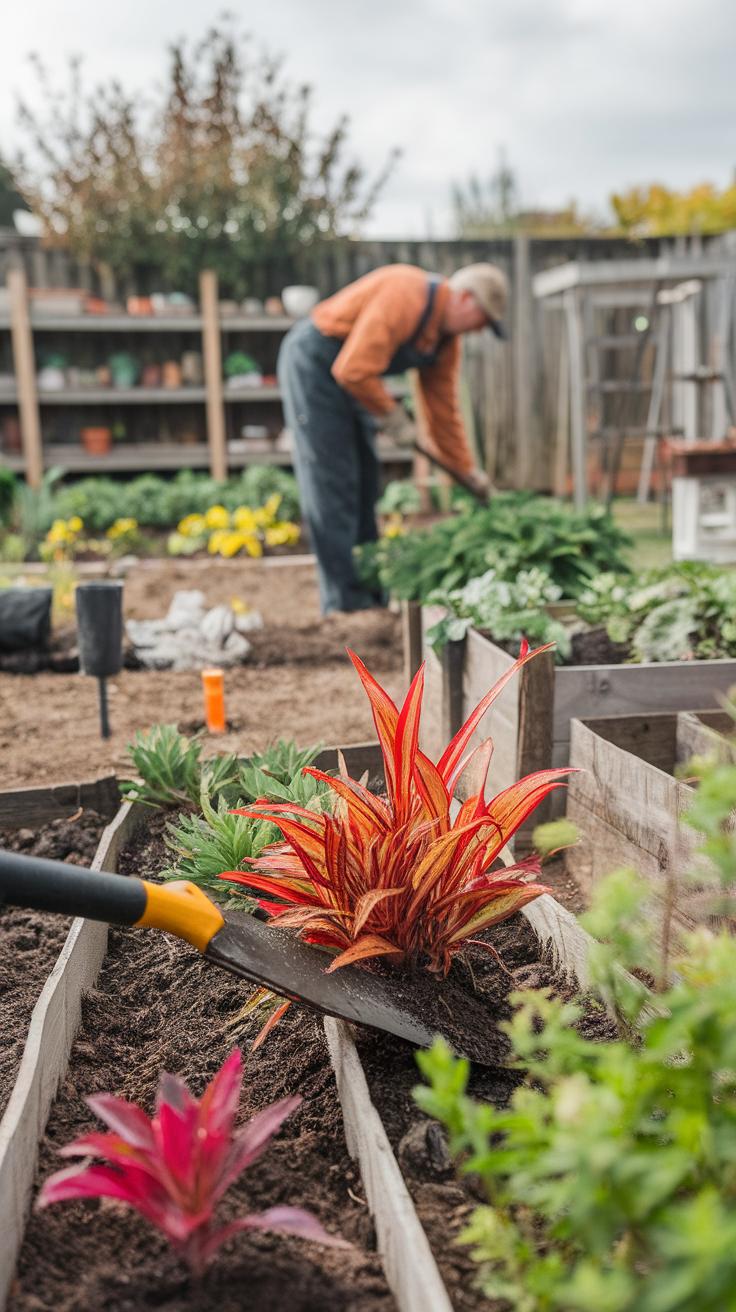
Year-Round Care for Your Garden
Maintaining a garden is crucial for ensuring its health and vibrancy throughout the seasons. To keep plants thriving, develop a consistent watering schedule that accommodates seasonal changes. During warmer months, ensure that your garden receives sufficient moisture, adjusting the frequency based on rainfall and plant needs. For compact spaces, consider using drip irrigation systems, which conserve water and deliver it efficiently to roots.
Seasonal Pruning and Fertilization
Regular pruning helps promote growth and prevents overcrowding. In spring, focus on shaping flowering shrubs and removing dead branches. Apply a balanced fertilizer in early spring to support robust growth, while lighter applications in summer can enhance blooming. As autumn approaches, consider mulching to insulate roots and reduce winter stress. These practices not only boost plant health but also maintain the garden’s aesthetic appeal across seasons.
Conclusions
Effective garden design harmonizes aesthetics with practicality, creating inviting spaces that elevate your lifestyle. Whether you have a large area to work with or a compact balcony, the principles of garden design apply universally. The ideas showcased throughout this article emphasize the importance of considering your space’s unique characteristics, including climate, soil quality, and personal style. By integrating thoughtful layouts and diverse plant selections, your garden can become a sanctuary for relaxation and enjoyment.
As you embark on your gardening journey, remember that successful garden design is a dynamic process. Adapting to changes in seasons, experimenting with new plants, and incorporating sustainable practices will ensure your garden remains vibrant and engaging. By embracing the artistic elements of garden design, you create not just a garden, but a living masterpiece that will thrive for years to come.



